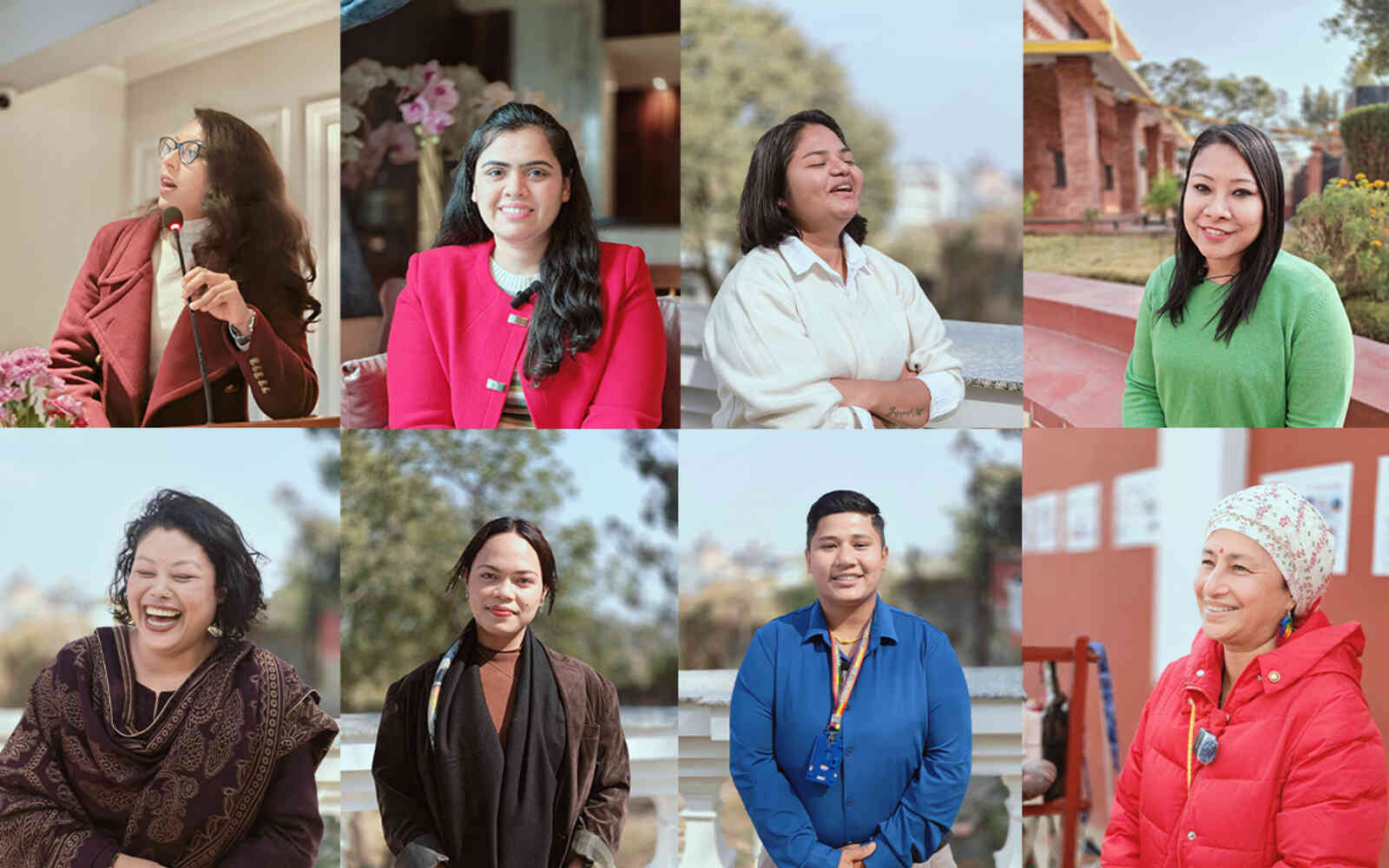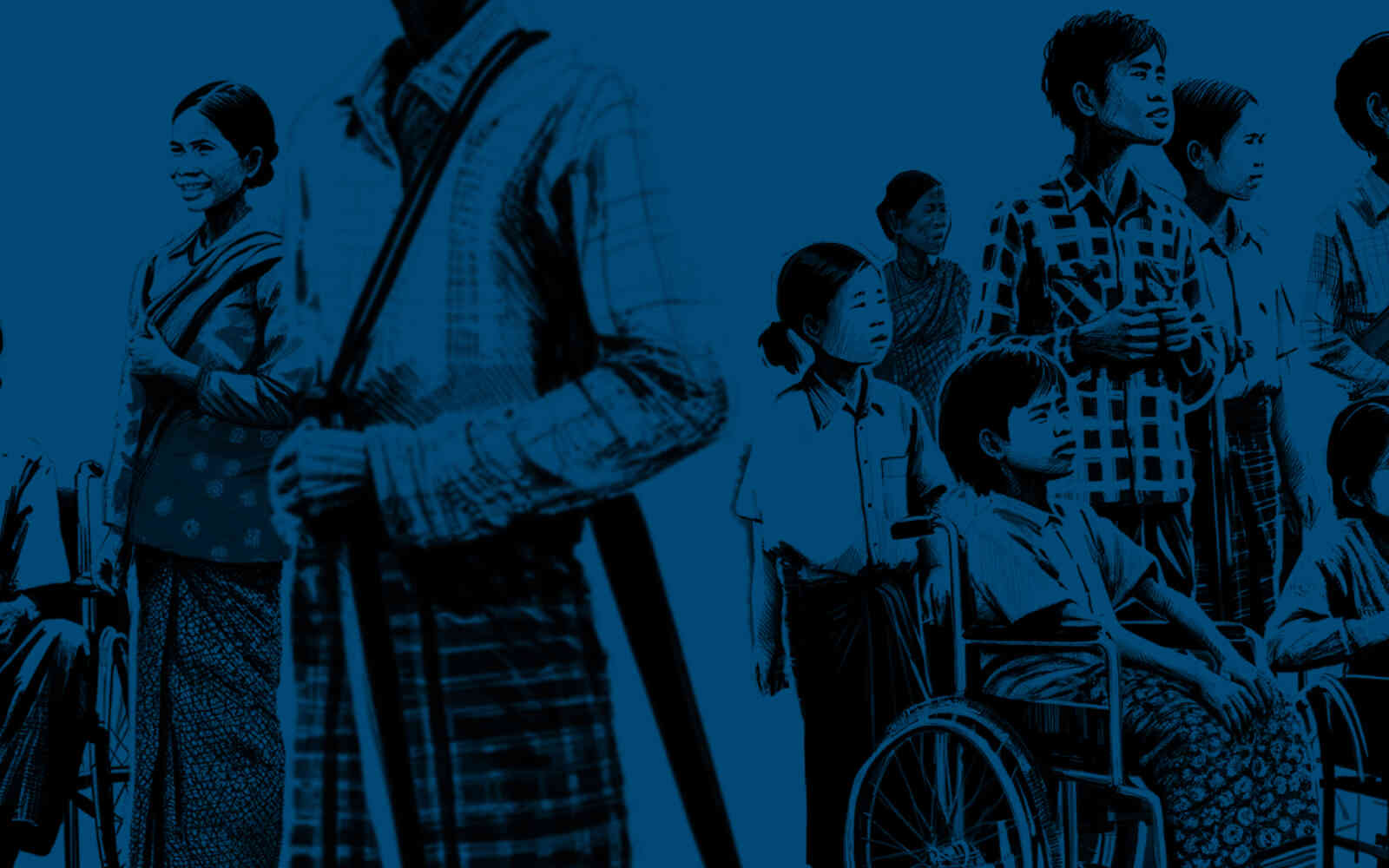The United Nations Office for Project Services (UNOPS)

Today’s architects of tomorrow’s cities
The ambitious goals and strategic vision of today’s youth will shape tomorrow's sustainable and inclusive cities.
Cities: Epicentres of innovation and change
With up to 70 per cent of the global population projected to reside in urban areas by 2050, cities will become home for many of today’s youth in the coming decades.
Cities are not just engines of economic growth, they are platforms for tackling pressing challenges like climate change and persistent social inequalities. As urbanization accelerates, cities must transform into epicentres of innovation and change, with youth at the helm of this critical revolution.
As we envision the future of our cities, we must recognize that the most transformative ideas often come from today’s youth. It is through the engagement and leadership of young people that we will build urban spaces that truly serve all people.
In South Asia, over 150 million people live in informal settlements, highlighting the urgent need for safe public open spaces, housing and transportation. In Nepal for instance, urban growth far outpaces the provision of essential services, threatening the well-being of local communities.
Manisha Shrestha is 15 and lives in the densely populated Chandragiri Municipality. With closely built houses on hilly terrain and limited open spaces, it is challenging for residents, especially women and children, to find safe areas for social interaction. Manisha explains some of the challenges.
“The public open spaces feel unsafe during the evening, and are not always clean which adds to our discomfort; we want a cleaner space, like with more dustbins.”
“Sometimes we wish to go out for refreshments but the design and construction prevents us from going. We would benefit more from public open spaces if the designer has ensured our participation during the design process,” adds Lalitnath Yogi, who has a visual impairment.


Cities 4 Women: Inclusive and Climate-resilient Urbanization in Nepal
The project – backed by the European Union and U.S. Agency for International Development (USAID), in collaboration with Cities Alliance, UN-Habitat and UNOPS – has embraced youth participation from day one. For four years, this initiative has supported six municipalities in navigating rapid urbanization and climate challenges by creating safe, vibrant, climate-resilient public spaces rooted in community participation.
“Providing proper employment opportunities to this large, dynamic and powerful segment of the population – youth – is the major need of the day to harness their creative power in the overall urban development along with the larger national interest,” said Prakash Man Singh, Deputy Prime Minister of Nepal, and Minister of Urban Development.
Through partnerships with UN Volunteers, educational institutions and youth-focused organizations, Cities 4 Women has opened doors for young people in Nepal to engage, learn and leave a real impact on their communities.
Young urban planners and designers have been integrated into the project, bringing fresh perspectives as they analyze planning documents, gather data and craft gender-sensitive, climate-responsive public open spaces. In one example, students joined an urban design studio in Chandragiri, where they translated community needs into creative public open space designs.
"Young women and girls are essential to shaping the cities of tomorrow. Through the 'Cities 4 Women' initiative, their participation is advancing gender equality—one of the pillars of our work—and creating safer, more inclusive, and resilient cities for all," said Greg Munro, the Director of Cities Alliance.




Climate resilience also underpins many project activities with vulnerability assessments guiding designs. Surveys and apps help map historic natural hazards like floods and fires in public open spaces to make designs responsive to those threats.
This studio has taught me that cities are for everyone – children, men, women and people of all ages, so designs should be inclusive, and cities should also be climate resilient. Before, I often addressed design problems by adding structures, but have now learned that nature-based solutions can effectively address these issues.
The public open spaces designed through the Cities 4 Women initiative will serve as multifunctional hubs for safe connection, economic activity and social expression. Design elements chosen for construction make public open spaces safe, secure and inclusive – from the lights in parks and streets to the ramps and tactile pavements.
About the project
The project focuses on inclusive and climate-resilient urbanization in six municipalities of Nepal: Birendranagar, Chandragiri, Dhanghadi Sub-metropolitan city, Lamki Chuha, Sunwal and Tansen. The overarching strategy is to strengthen federalization with institutional capacity, human resources and tools for transformative, resilient and sustainable urbanization. This goal is furthered through the promotion of gender mainstreaming, social inclusion and acknowledging ownership.














